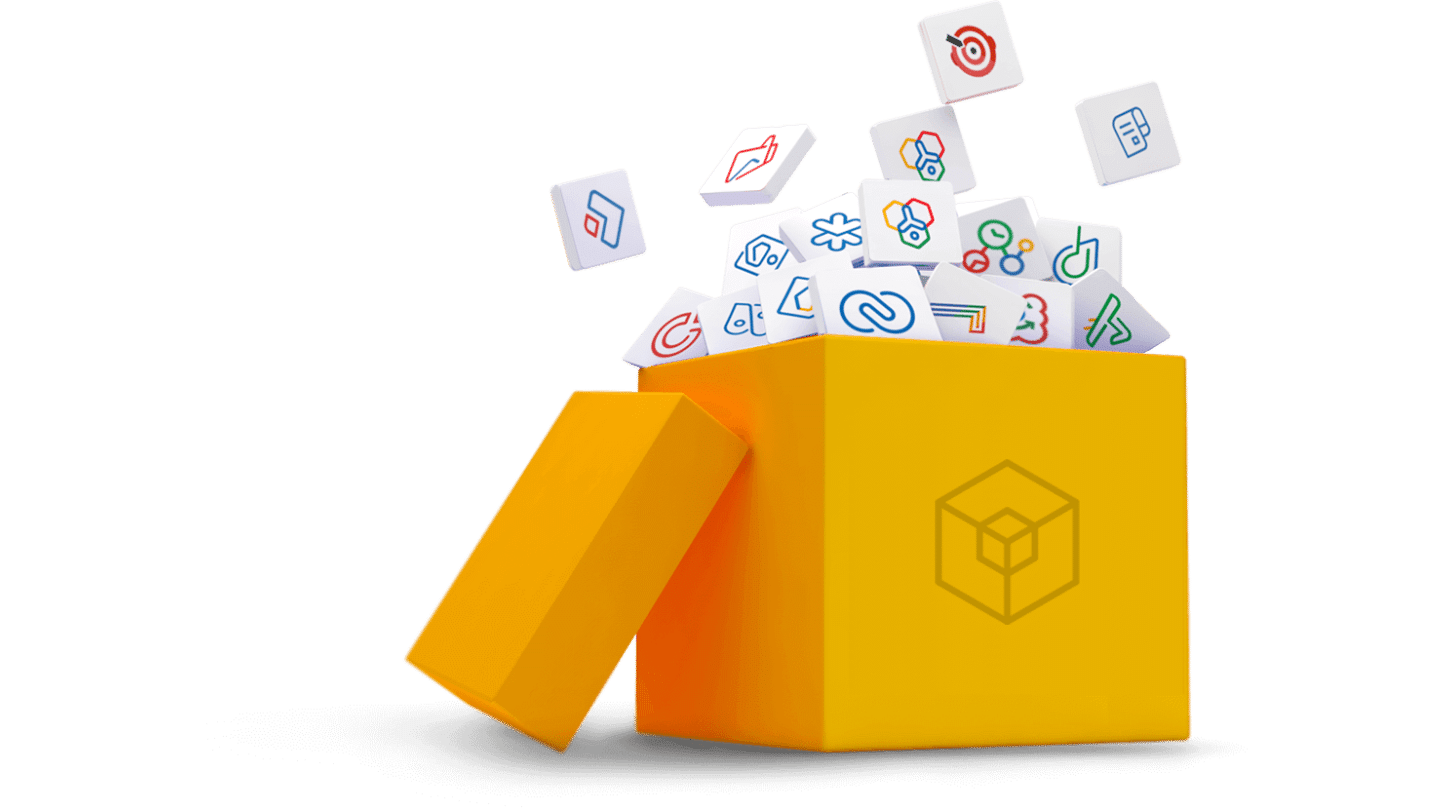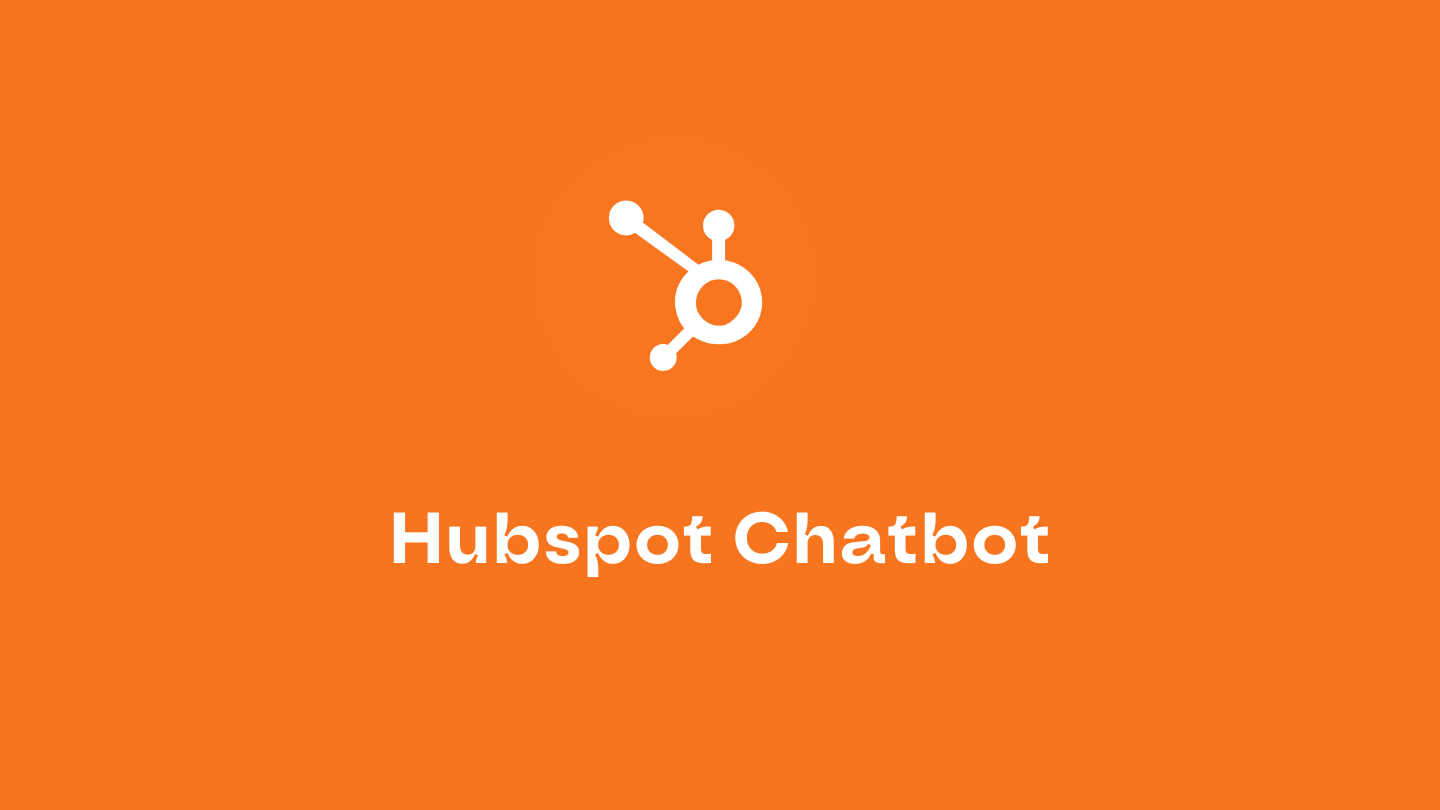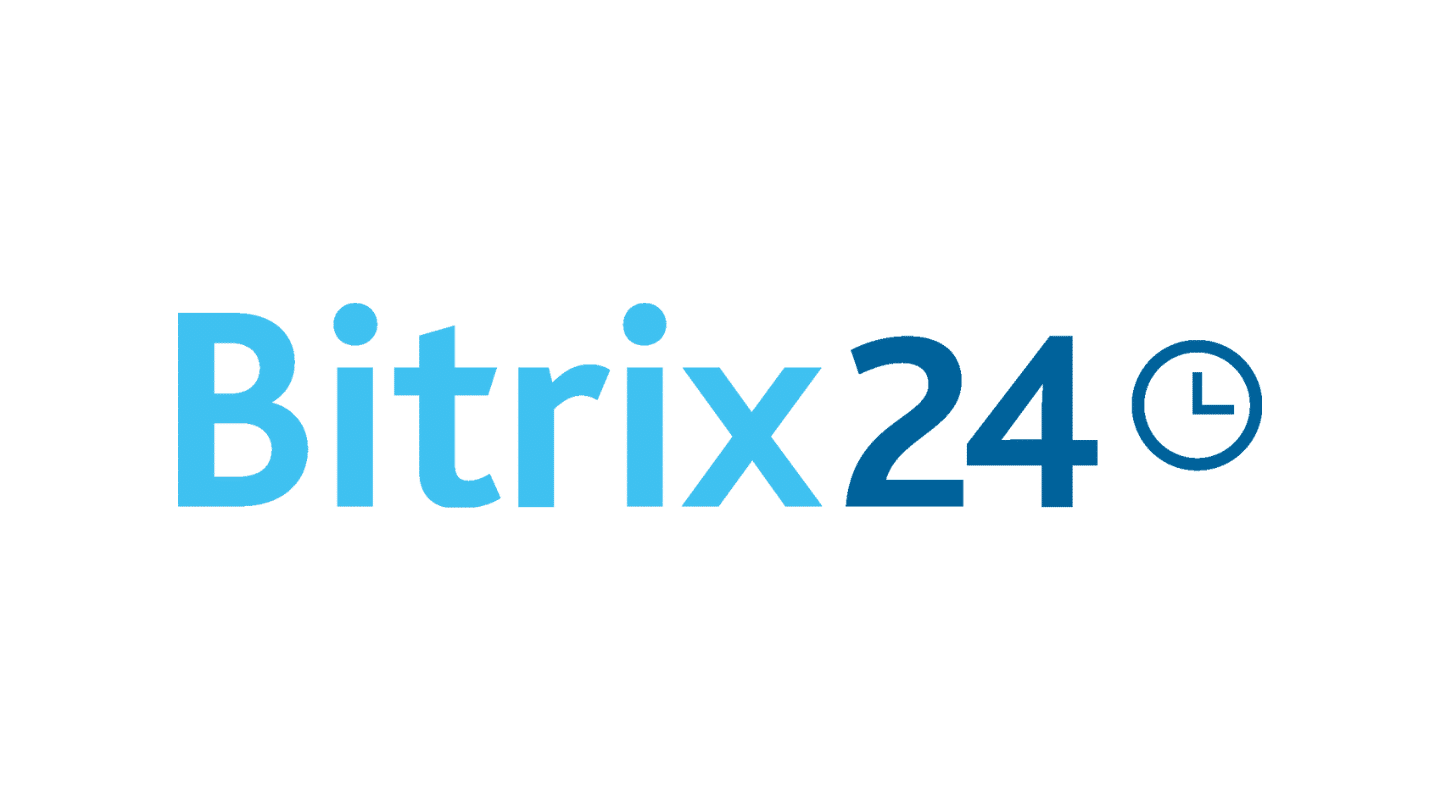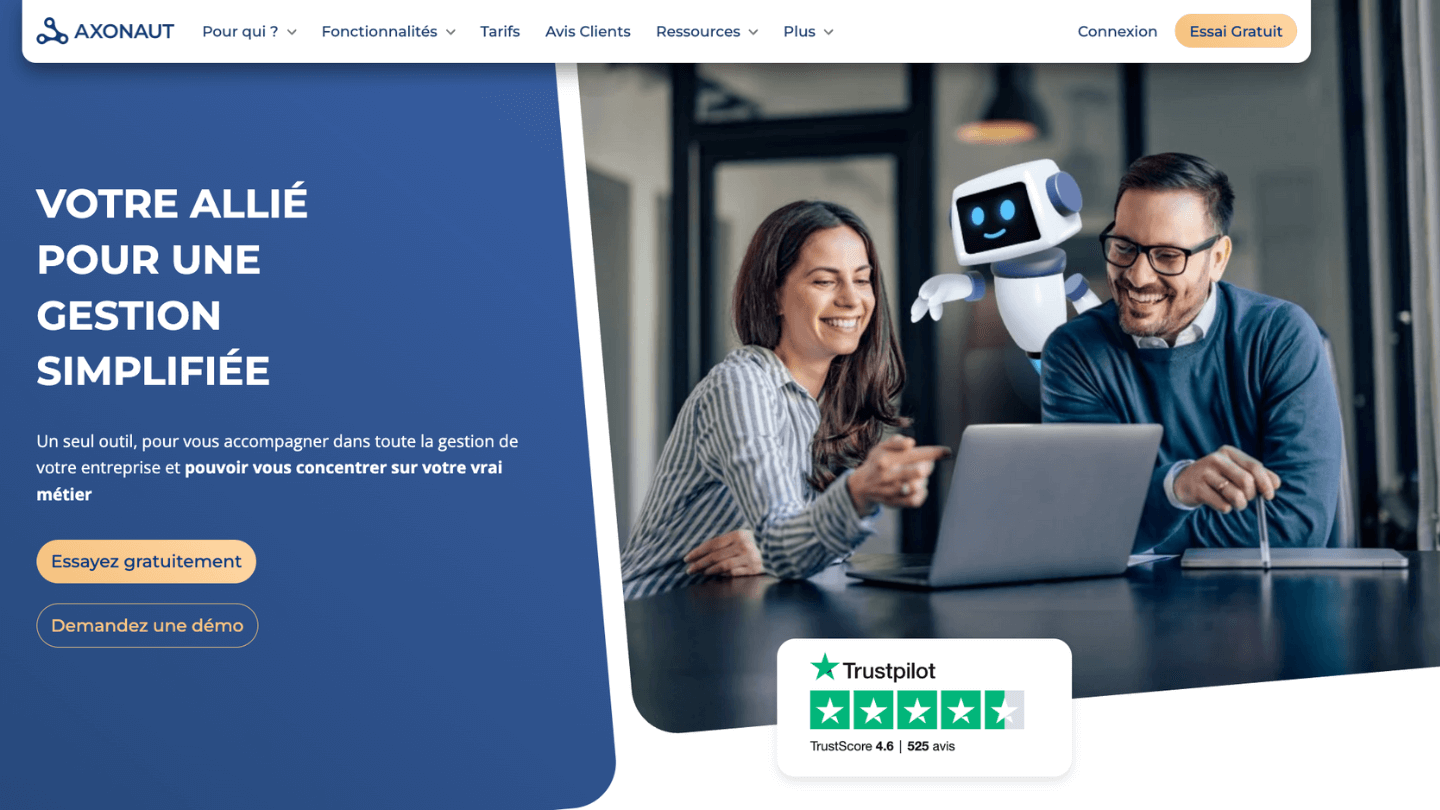When we think of customer knowledge, we usually think of all the literature on omnichannel customer journeys, customer loyalty in B2C, and above all the action levers for generating more sales from an existing customer segment.
But in B2B, customer knowledge takes on a whole new dimension.
- Firstly, it is essentially driven by humans – those in contact with customers – and when these humans leave, … their customer knowledge – and even their customers – often leave with them.
- Secondly, b2b boxes generally have far fewer customers, each of whom accounts for a much larger share of sales. So it’s best to get to know them.
- Finally, B2B commercial relationships are generally much more complex than B2C ones, with many people involved in the purchasing process, several direct and indirect beneficiaries, each with different, sometimes contradictory interests.
For all these reasons, customer knowledge is much less documented and much less mastered, although it is at least as important for the bottom-line.
In this article, we take a closer look at the different dimensions of customer knowledge in B2B, best practices and limitations in this field, the impact of customer knowledge on retention, and trends on the subject for the coming years.
Sommaire
Customer knowledge in B2B: Definition

Customer insight encompasses the collection and analysis of a wide range of information about your customers: demographics, preferences, purchasing behavior, and interaction history. It’s essential for gaining an in-depth understanding of your customers’ needs and expectations.
In the B2B sector, this knowledge is particularly crucial. Markets are complex and sales cycles long. Having this information at your disposal enables you to personalize your offers and propose solutions tailored to the specific needs of each customer, thus offering a major competitive advantage and fostering innovation.
Effective exploitation of this customer data opens up valuable possibilities: finer segmentation of your offers, continuous improvement of your products and services, and the development of targeted marketing campaigns. In short, an in-depth understanding of customers facilitates the development of more effective strategies for attracting, engaging and retaining them, which is fundamental to building long-lasting, profitable relationships in the B2B environment.
Customer information gathering: Techniques and tools
| Definition | Numerical and quantifiable measurements of variables. | Detailed descriptions to understand motivations and feelings. |
|---|---|---|
| Definition | Numerical and quantifiable measurements of variables. | Detailed descriptions to understand motivations and feelings. |
| Examples | Number of clicks, connections per week, emails with support. | Records of sales calls, customer reviews, answers to questionnaires. |
| Objective | Quantify behavior and measure variables. | Understand the “why” behind actions and underlying motivations. |
| Methodology | Use of statistics and mathematical models. | Content analysis, case studies, interviews. |
Qualitative and quantitative data are generally contrasted.
Qualitative methods immerse us in the “why” behind customers’ actions. We talk, we listen, we understand their deepest motivations. Qualitative data in the field of customer knowledge includes recordings of sales calls, customer opinions, responses to questionnaires and so on.
Quantitative methods, on the other hand, count everything that can be counted. How many clicks to reach a given action? How many connections per week? How many emails with support for a positive resolution? This gives us clear figures on customer behavior.
In general, the bias is in favor of the qualitative for very young companies, and in favor of the quantitative for more established ones. For good customer knowledge, you obviously need to combine the two. At all stages of growth.
Customer knowledge and satisfaction

With in-depth knowledge of your customers, you can anticipate market trends and adjust your strategy accordingly. This enables you to respond accurately to current demands while anticipating future needs. As a result, your business becomes more agile and resilient in the face of market fluctuations.
What’s more, knowing your customers significantly improves the effectiveness of your marketing and sales efforts. By targeting precisely, your campaigns are more likely to hit the mark, resulting in a higher return on investment. In other words, a good understanding of your customers is essential for optimizing profitability and encouraging sustainable growth in your business.
The link between customer knowledge and customer satisfaction is direct and fundamental. A company with in-depth knowledge of its customers can create highly personalized offers. These offers respond precisely to individual needs and preferences, significantly increasing customer satisfaction.
Good customer knowledge also enables us to anticipate problems and offer proactive solutions, boosting customer confidence and satisfaction. When customers feel understood and valued, their satisfaction levels rise. This satisfaction translates into greater loyalty to the company, which is essential in the competitive B2B environment.
Satisfied customers often become brand ambassadors, recommending the company to other prospects. These recommendations are invaluable, as they come with pre-established credibility and trust. In this way, good customer knowledge contributes not only to retaining existing customers, but also to attracting new ones through word-of-mouth.
Why centralize customer data in a CRM?
Centralizing customer data in CRM software is not just a question of organization or simplifying processes. It’s a strategy that goes to the heart of a company’s ability to grow consistently, adapt quickly to market changes and maximize operational efficiency. This leads to a better understanding of customers, more informed decisions and sustained growth over the long term.
Bringing together customer, sales, marketing, financial and IT data in a single CRM is the key to understanding how each area contributes to overall objectives. This makes it possible to track the company’s evolution and anticipate future trends with greater precision.
When all the information is in a CRM, you can say bye-bye to the complications of scattered data. Every team has access to complete and up-to-date information, which facilitates strategic decisions and ensures that no-one is working double or off-line.
By centralizing data, we ensure that multiple copies and versions of the same info are eliminated, optimizing storage space and data accuracy. This avoids misunderstandings and divergent analyses based on misaligned information.
Having a CRM as a central point for customer data boosts transparency within the company. Every employee can clearly see how his or her work fits into the overall strategy, thanks to visual tools and simplified dashboards.
With all data in one place, the headache of collating information from different sources for reporting is a thing of the past. Teams waste less time collecting data, and can concentrate on analysis and generating relevant insights.
Finally, when everyone has access to the same centralized, up-to-date data, proposing and arguing for new strategic directions becomes easier and more convincing. This encourages innovation and adaptability.
How can you use Zoho to adopt a customer-centric culture?

Building a customer-centric culture rests on 6 fundamental pillars:
- Listen to your customers: Constantly gather their opinions. Use surveys and social listening tools. Respond to their needs. With Zoho Surveys and Zoho Social, collect and analyze customer feedback to better understand their expectations and respond effectively.
- Personalize the customer experience: Tailor your services and communications to the specific needs of each customer. With Zoho CRM, segment customers and personalize offers so that every interaction is tailored and relevant.
- Train your teams: Make your staff aware of the importance of the customer. Offer training in customer service best practices. Zoho People helps you organize training programs dedicated to customer service, reinforcing your teams’ skills in customer engagement.
- Use customer feedback: Incorporate opinions and suggestions into the development of your products and services. Zoho Desk enables you to collect and analyze customer feedback efficiently, facilitating data-driven continuous improvement. A tool like reviewflowz enables you to collect and analyze customer reviews left on third-party platforms.
- Align your objectives: Your objectives must match your customers’ expectations. With Zoho Analytics, measure the impact of customer-centric strategies and adjust your objectives to maximize customer satisfaction.
- Foster a customer-centric culture: Create an environment where the customer is always a priority. Value and reward employees for their commitment to customer satisfaction. Zoho Motivator can encourage customer-oriented behavior within teams, consolidating a customer-centric corporate culture.
Best practices for quality customer data
Data quality
Implementing data quality rules is essential to maximizing the long-term value of data collected across the enterprise. By ensuring that data follows agreed standards, organizations can reduce confusion, speed up analysis and boost employee confidence in their findings.
Valuation standards
To ensure consistency and transparency, establish data evaluation standards in your universal data repository. This prevents different conclusions being drawn from the same data set, while still leaving room for innovation.
Data confidentiality
To guarantee data confidentiality, implement role-based access rules to limit access to sensitive information to those who need it. For example, an HR professional may have access to employees’ social security numbers, while a corporate executive should not. Role-based authorizations also help to comply with data confidentiality regulations.
Accessibility
To democratize data accessibility, provide self-service tools for creating dashboards and visualizations, enabling all employees to feel involved in achieving team and organizational goals.
7 trends to follow in B2B customer knowledge
1. The explosion of Artificial Intelligence (AI)
Artificial intelligence (AI) is revolutionizing the collection and analysis of customer data in B2B. Companies are using sophisticated algorithms to anticipate customer needs and identify emerging trends. Thanks to AI, they can offer highly personalized customer experiences and strengthen their competitiveness in the marketplace.
2. Customization at Scale
Large-scale personalization is becoming a priority for B2B companies. By using technologies such as AI and automation, they can offer highly personalized customer experiences to a large number of customers. This approach strengthens customer relationships and improves brand loyalty.
3. Predictive Analysis to Anticipate Needs
Predictive analysis is becoming a powerful tool for B2B companies. By analyzing historical data, they can anticipate future customer needs and adjust their strategy accordingly. This enables them to take a proactive approach to customer relationship management and improve overall customer satisfaction.
4. The Data-Driven Customer Experience
B2B companies are taking a data-driven approach to improving the customer experience. By integrating data from different sources, they can deliver more consistent, personalized customer experiences. This approach enables them to better understand customer needs and preferences, thereby strengthening customer relationships.
5. Using Machine Learning
Machine learning is becoming increasingly important in B2B customer knowledge. By using machine learning algorithms, companies can analyze customer behavior in greater depth. This enables them to make more informed decisions and provide personalized recommendations to their customers.
6. Interdepartmental collaboration
Close collaboration between marketing, sales, customer service and IT teams is essential for effective customer knowledge in B2B. By sharing information and insights, these teams can create a holistic view of customers and deliver consistent experiences at every touchpoint. This strengthens the customer relationship and leads to increased loyalty.
7. Ethics and Data Responsibility
B2B companies must act responsibly and ethically when handling customer data. This includes respecting data confidentiality, obtaining customer consent before collecting their information, and using data only for the benefit of customers. By adopting ethical data practices, companies can build customer trust and maintain positive long-term customer relationships.






